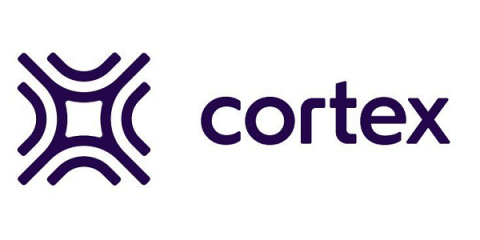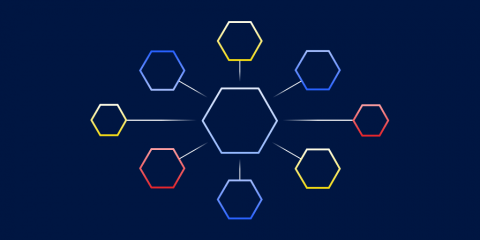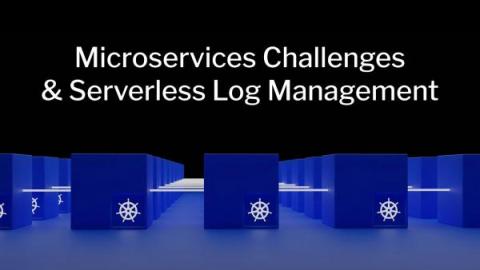Operations | Monitoring | ITSM | DevOps | Cloud
Microservices
Best Practices and Potential Loopholes for Successful Microservices Architecture
Microservices architecture is a software development approach where an application is built as a collection of small, loosely coupled, independently deployable services. Each service focuses on a specific business capability and operates as an autonomous unit, communicating with other services through well-defined APIs. This architectural style is often used in the context of DevOps to create more efficient, scalable, and manageable systems.
Database Migrations in the Era of Kubernetes Microservices
In our extensive guide of best ci/cd practices we included a dedicated section for database migrations and why they should be completely automated and given the same attention as application deployments. We explained the theory behind automatic database migrations, but never had the opportunity to talk about the actual tools and give some examples on how database migrations should be handled by a well disciplined software team.
Establishing a Kubernetes cost management strategy
What's missing from your incident management workflow
Introducing the revamped Team Catalog
Best practices for tracing and debugging microservices
Tracing and debugging microservices is one of the biggest challenges this popular software development architecture comes with - probably the most difficult one. Due to the distributed architecture, it's not as straightforward as debugging traditional monolithic applications. Instead of using direct debugging methods, you'll need to rely on logging and monitoring tools, coding practices, specific databases, and other indirect solutions to successfully debug microservices.
8 Challenges of Microservices and Serverless Log Management
Accelerating software and system migrations with Cortex
Debunking Misconceptions: Amazon Prime Video's Approach to Microservices and Serverless
This is the second blog in our deep dive series on serverless architectures. In the first installment, we explored the benefits and trade-offs of microservices and serverless architectures, highlighting the case of Amazon Prime Video's architectural redesign for cost optimization.









